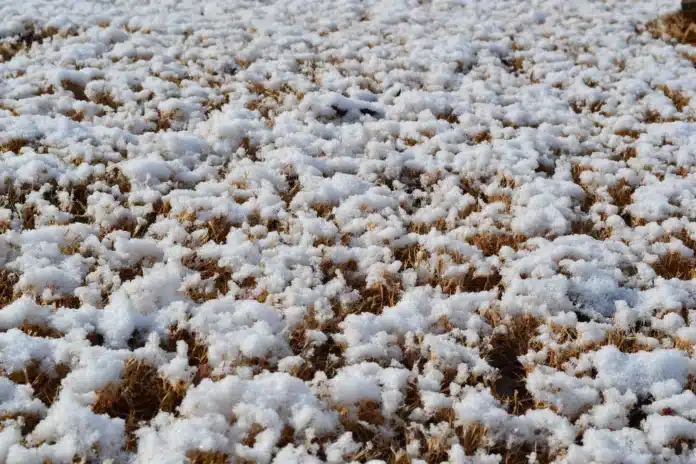Does Manna exist today? Questions like this can’t be answered by Yes or No. There needs to be an evaluation of theories, confirmation of the hypothesis, review of history, and deduction from a conclusion. Together, let’s answer the question; Does Manna exist today?
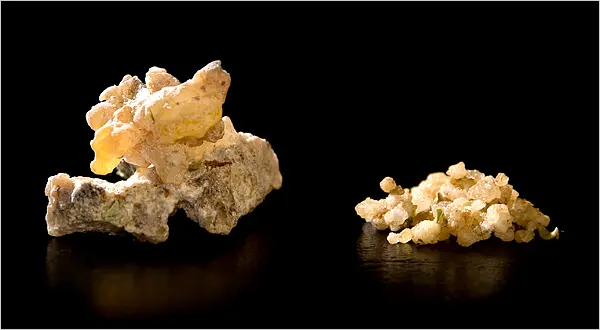
READ ALSO: What Does “KYS” Mean?
What Is Manna?
It’s impossible to talk about the possibility of manna existing today if you don’t know what manna is. While that is unlikely, Manna is famous for being the saviour of the children of Israel after God saved them from the Egyptians.
You’ve Forgotten? Let’s Recap
The Children of Israel were God’s chosen people. They suffered great tribulation in Egypt. Slaves were made of every one of them for over 400 years. Their cry for help was heard when God sent a saviour in the person of Moses to lead them out of captivity.
As expected of every slaver, there was reluctance to release them, and God, through supernatural means, got them out. They were happy and content with God’s immense love for them until hunger set in.
The Israelites were hungry in the desert and began to envy the days when they had something to eat in Egypt, even if it was the enemy’s food. They complained to Moses, and the reins of leadership felt shaky in the hands of Moses, as I can imagine.
He turned to God, and an answer was provided. A downpour of white-like wafers made with honey was everywhere after the morning dew had cleared. The Israelites have seen a lot of miracles during their time with God, but nothing like this.
In shock and awe, they cried out, What is it? or “Mann Hou”. Mann Hou is an ancient Hebrew language. From this, Manna was coined.
READ ALSO: What Does Rule 34 Mean?
What Is The Use Of Manna?
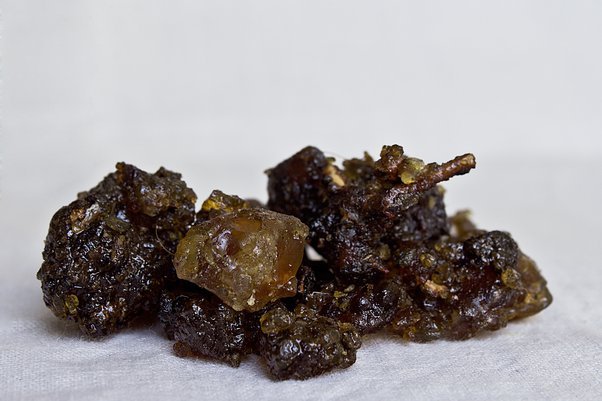
There are two uses for manna. I Classified them into:
- Traditional Use
- Modern Use
1. Traditional Use Of Manna
The traditional use of manna is to satisfy hunger. The main reason it was provided was to keep the children of Israel content on their journey toward the promised land.
As expected, it was incredibly sufficient for them, and there wasn’t a complaint, or so you thought. There were complaints about how sweet Manna was. Truly, human needs are insatiable.
There wasn’t any other use for manna in the Bible until recently.
READ ALSO: 4 Ex NBA Players Who Are Jehovah’s Witnesses
2. Modern Use Of Manna
There has been research that proves that manna contains mannitol. This makes it an incredible laxative. What does that mean?
This means that it can be used to efficiently push waste products down the intestines. It can help clear your bowels. If you’re following, you should know that manna might still exist today.
Well, who knows?
Let’s explore that possibility by looking at the topic…
READ ALSO: Can People With Tattoos Go To Heaven?
Manna In Modern Times: Facts or Fiction?
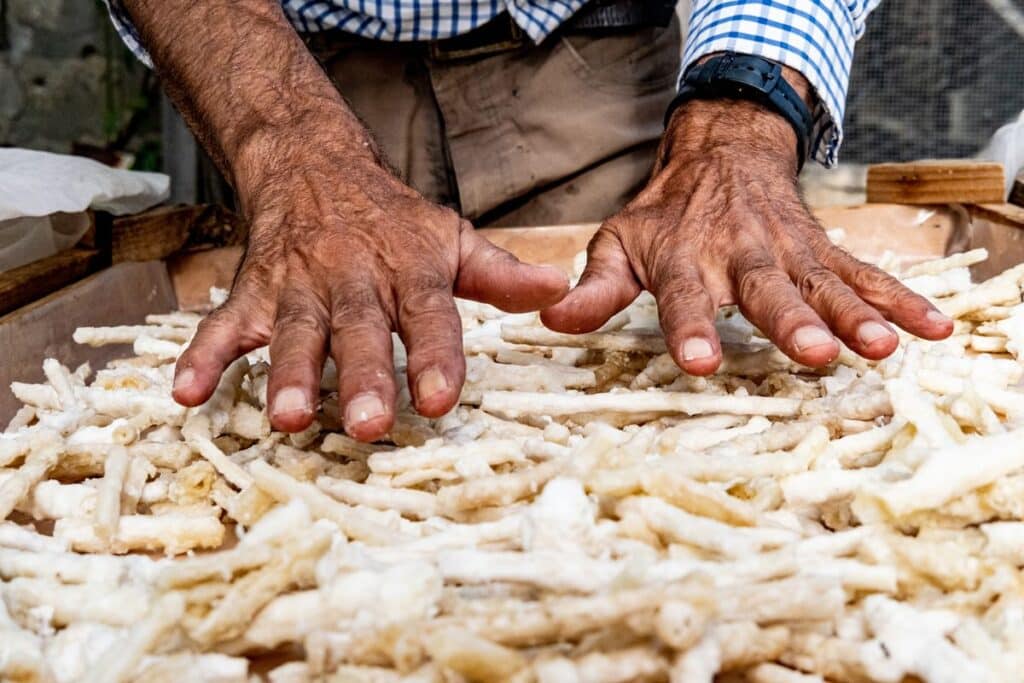
No matter how “illusionary” the concept of time is, it is still important to find ways to connect the past with the present for a better future. That is the reason for so much of the scientific research going on. This can help correct many false documents or testimonies.
Well, the biblical writing clearly states that manna fell from the heavens. A clear miraculous gesture from God, How lovely. If that is so, and Manna stopped falling decades ago, it would be impossible to get any trace of manna today.
In no attempt to belittle the Almightiness of God, did he rain food from heaven, or was it just a “human” way to explain a misunderstood miraculous act? Maybe, just maybe, the Israelites were shocked to see food everywhere in the morning and decided it rained from the heavens.
Does Manna exist today? In Egypt, a tree has been found in the Sinai peninsula. It is called the Tamarisk Tree.
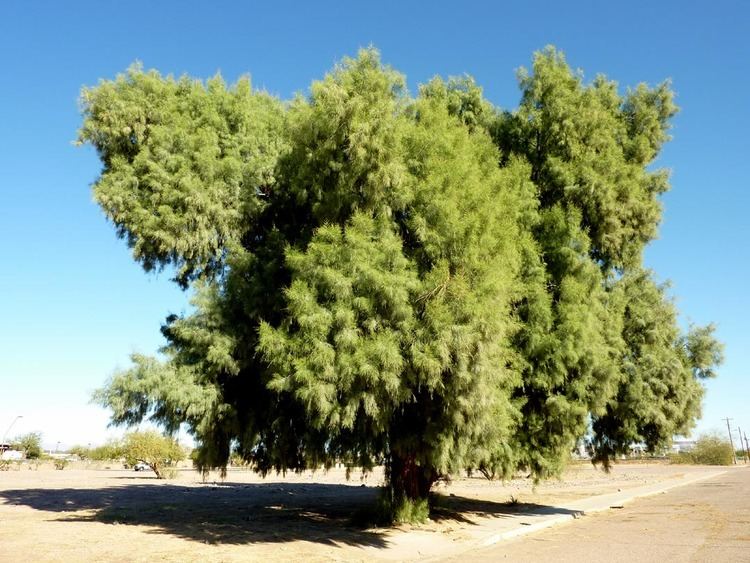
The tamarisk tree is said to produce resins in the desert, and these resins are referred to as the Biblical Manna. Suppose that isn’t evidence enough. There have also been findings about a bottle-like insect that sucks the sap out of the leaves of plants in the desert.
The sap that is extracted, is digested and excreted by the insect. The excretion can be seen on the surface of the leaves, and they look white, taste sweet, and are wafer-like. Do you know what else is white, sweet, and wafer-like?
MANNA!!!
Does Manna Still Exist Today?
READ ALSO: Igbo People: History, Culture, Religion
Spiritual And Religious Significance Of Manna
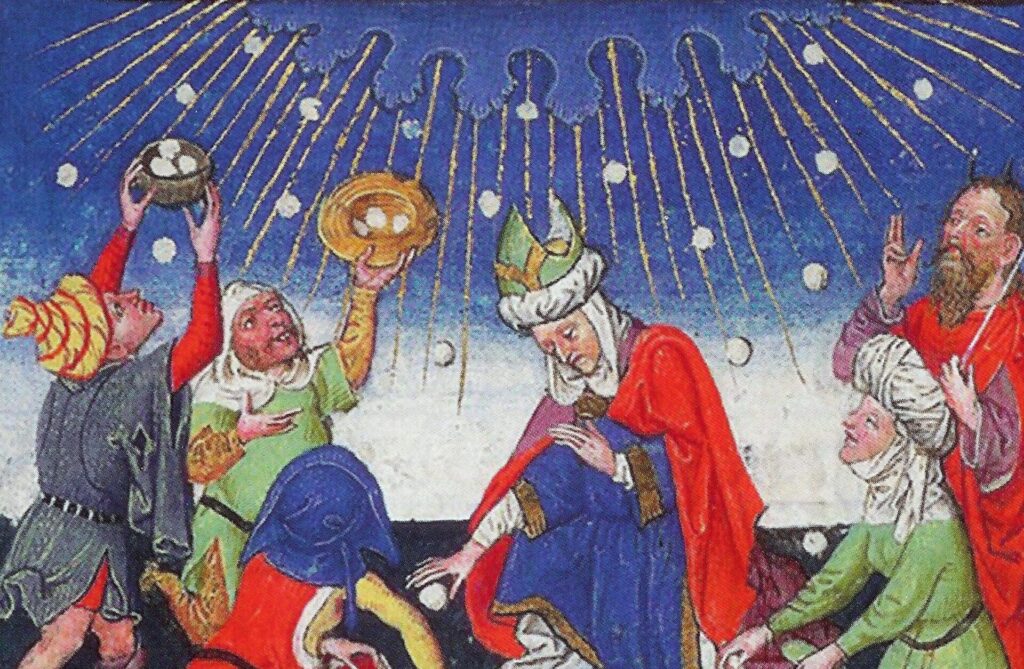
The Story of the Manna carries a loud significance and religious importance. On the surface, one would see God’s provision as an act of care. But isn’t it proven that God uses most of our circumstances to teach a lesson?
The Children of Israel might have skipped some of the significance the manna was supposed to portray to them, but it did not pass our heads. Let’s take a look at some of them.
1. Trust In The Lord
“And he shall provide your needs according to his riches and glory”- Philippians 4:19. I ain’t trying to preach today, but Gos states in his word an assurance that as long as you trust in him, there is an assurance that he would always provide for you.
The Israelites complained after a show of God’s might against Egypt, and God had to show that; ‘I who took you out can feed you”.
The provision of manna was a wake-up call to those hungry in whatsoever capacity, and God will give you rest.
2. Obey The Lord At All Times
This is a famous commandment, but its popularity does not mean it is followed. Obeying God can be very hard, especially if it goes against every normal reasoning of yours. The Lors used the manna to teach the children of Israel obedience. How?
There was a rule stated concerning the collection of manna. Every person must collect the amount that would be enough for themselves through that day. The manna must not remain till the next day.
Humans are used to planning for posterity, and it seemed unreasonable not to store for the next day. They defied God’s order through Moses and the manna that was kept spoilt and turned into worms.
There is always a consequence for disobedience.
3. They That Would Not Work Would Not Eat
Though the Lord provided food for the Israelites, he still maintained that they get up every morning to pack it for themselves. This clearly states that the Lord upholds hard work regardless of his grace and favour towards you.
You must put your hands and skills to good use if you are to live a hunger-free life.
READ ALSO: Intrusive Thoughts: What They Are, How To Manage Them Better
4. I Am The Lord God
Understandably, science has tried to figure out what manna was and concluded that it wasn’t a rainfall of food. It was the product of an insect or a tree. Does that remove the element of the miraculous?
No!
Remember, the Israelites were not allowed to pack food until the next day, or it would turn into worms or maggots. How can you explain that they were allowed to pack twice as much on the Sabbath and be allowed to store them?
It just goes to show how somewhat incomprehensible this act was and marvel at its “miraculousness”.
5. Keep The Sabbath Day Holy
It is known in the bible that man should not work on the Sabbath. It is in remembrance that the Lord rested on the seventh day. In the case of Manna, God sought to knock the commandment in by instructing they don’t go out for food on the Sabbath.
God’s word is like an onion. You just continue to peel different levels off. These are the Spiritual and religious significance of the manna.
There are some symbolic meanings attributed to the manna in the bible.
READ ALSO: What Is TinyZone, How Does It Work?
Symbolic Meanings Attributed To Manna In Spiritual Teachings
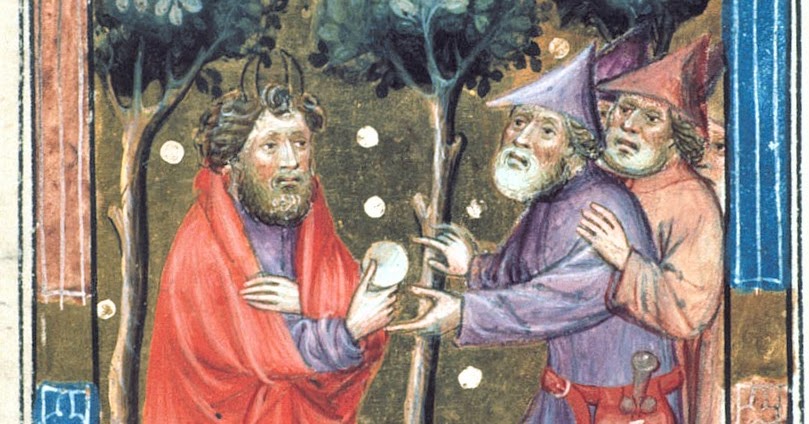
In spiritual teachings, references are usually made to other past events to connect with the present or explain it better. These references can also be to harden their relevance in our minds.
The teachings of the manna have some references later on in the bible. Let’s take a look at some of these references.
1. The Food Of The Angels
The Bible describes the manna in Psalm 78:24 as the food of angels. It says Manna was rained down for people to eat. Manna is the grain of heaven, and humans ate the bread of angels.
This verse doesn’t help science’s opinion that manna still exists today. It might just be that man deadly wants to understand God’s action.
If Manna is angels’ food, is it produced by bugs or trees?
2. The Promised Land
The promised land represents God’s promise to the Israelites about a land so good and fertile. The bible describes it as flowing with milk and honey. In Joshua 5:12, the Israelites stopped receiving manna as soon as they entered the promised land.
Let’s look at it this way,
They were on the move for about 40 years, and manna was provided for them throughout this time. Mann ceased as soon s they got where they had no more need for supernatural provision.
Doesn’t this scream miraculous?
READ ALSO: Button Nose: A Comprehensive Review
3. Bread From Heaven, Water From Rock
Nehemiah 9:15 has a reverential account of God’s work about a time he provided for his people. He gave them bread from heaven and water from the rock.
4. The Source Of Manna
In response to the Israelite’s complaints, God gave them food without a known source. He did this to foster their trust and obedience in and towards him.
You might expect such a story to travel through the years and amplify people’s trust in God. That is the opposite. The Israelites continued to complain even after such a miracle. Check this verse in Deuteronomy 8:16.
There are a few other verses that boast of the supernatural in the story of the manna. Such verses include; John 6:31, Deuteronomy 8:3, and Nehemiah 9:20.
READ ALSO: The Line Between Preachers and Motivational Speakers
The Role Of Manna In Sustaining People During Challenging Times.
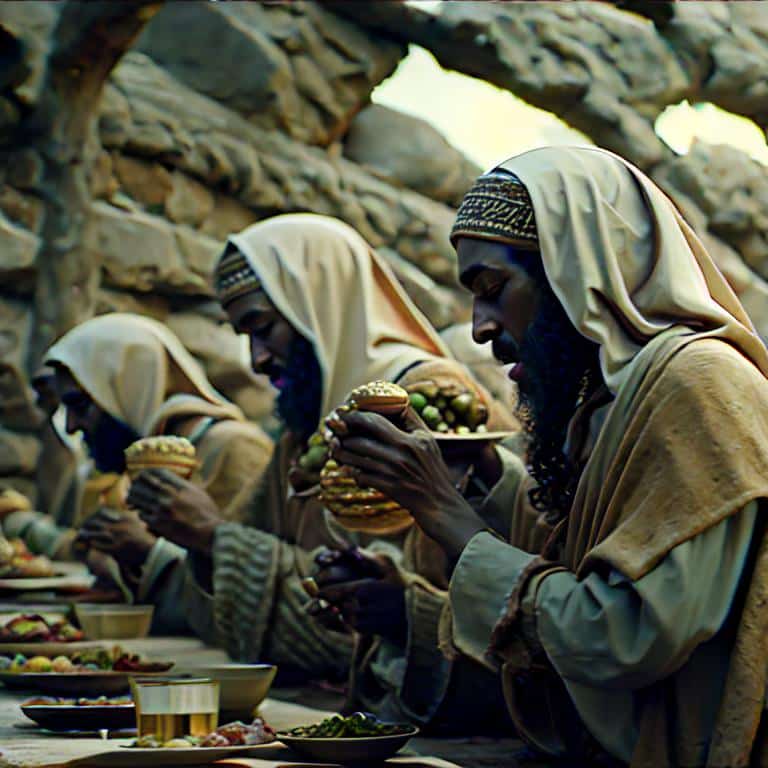
There is always more to a story, especially a biblical one. Many interpretations can be deduced from it, and these deductions serve as life lessons that can help guide one through life’s challenges.
You might be so hungry that you require a rain of food from heaven, but there can be tenacious problems that you find hard to eliminate. The manna represents answered prayer to everyone during times of need and challenges.
In as much as you would like to live in your strength to weather the storm, it’s crucial to remember that the miraculous still works.
READ ALSO: Masturbation and Religion: Top 5 Religious Views on Masturbation
Does Manna Exist Today?
Does Manna exist today? Questions like this are answered by Yes or No. There needs to be an evaluation of theories, confirmation of the hypothesis, review of history, and deduction from a conclusion. Together, let’s answer the question; Does Manna exist today?
From all the points you’ve read
- The Tamarisk Tree
- The resin produced
Can you confidently say what humans found is Manna or just an over-stretch? Whether or not manna exists today, its story represents trust, provision, obedience, love, and favour.
One cannot remove the miraculous from Manna. Je vous en prie.
READ ALSO: Christmas in Nigeria: What to expect in a Nigerian household
Frequently Asked Questions (FAQs)
1. Is Manna Real Food?
There are several theories about what manna could have been:
1. Honeydew: Some believe manna could have been a sweet excretion produced by insects, particularly scale insects or aphids, that feed on certain plants. This excretion is called honeydew and is still collected and consumed in some cultures today.
2. Plant Resin: Another theory is that manna could have been a resin or sap from certain trees in the region, which was edible and sweet.
3. Fungus: Some researchers have suggested that manna might have been an edible fungus that grew on plants or rocks.
The question of whether or not Manna is real food is still debated to this day.
2. How Does Manna Look Like?
Manna appeared as thin flakes resembling frost on the ground. You can find the biblical reference in the following;
Exodus 16:14-15 (NIV): “When the dew was gone, thin flakes like frost on the ground appeared on the desert floor. When the Israelites saw it, they asked each other, ‘What is it?’ For they did not know what it was. Moses said to them, ‘It is the bread the Lord has given you to eat.'”
3. What Plant Produces Manna?
Tamarisk Tree (Tamarix spp.): One of the most commonly suggested plants is the tamarisk tree, also known as the salt cedar. Some believe the sweet sap or exudate produced by tamarisk trees, which grow in desert regions, could have been the manna described in the Bible.
4. Which Country Did Manna Fall In Africa?
The Sinai Peninsula
The Sinai Peninsula is a triangular piece of land between the northeastern part of Egypt and the southwestern part of Israel. The Mediterranean Sea bounds it to the north, the Red Sea to the south, and the Gulf of Aqaba to the east. The biblical account places the Israelites in this general region during their journey.
5. Who Gave Manna?
God provided manna as a form of nourishment for the Israelites after they had been freed from slavery in Egypt and were traveling through the wilderness on their way to the Promised Land.



